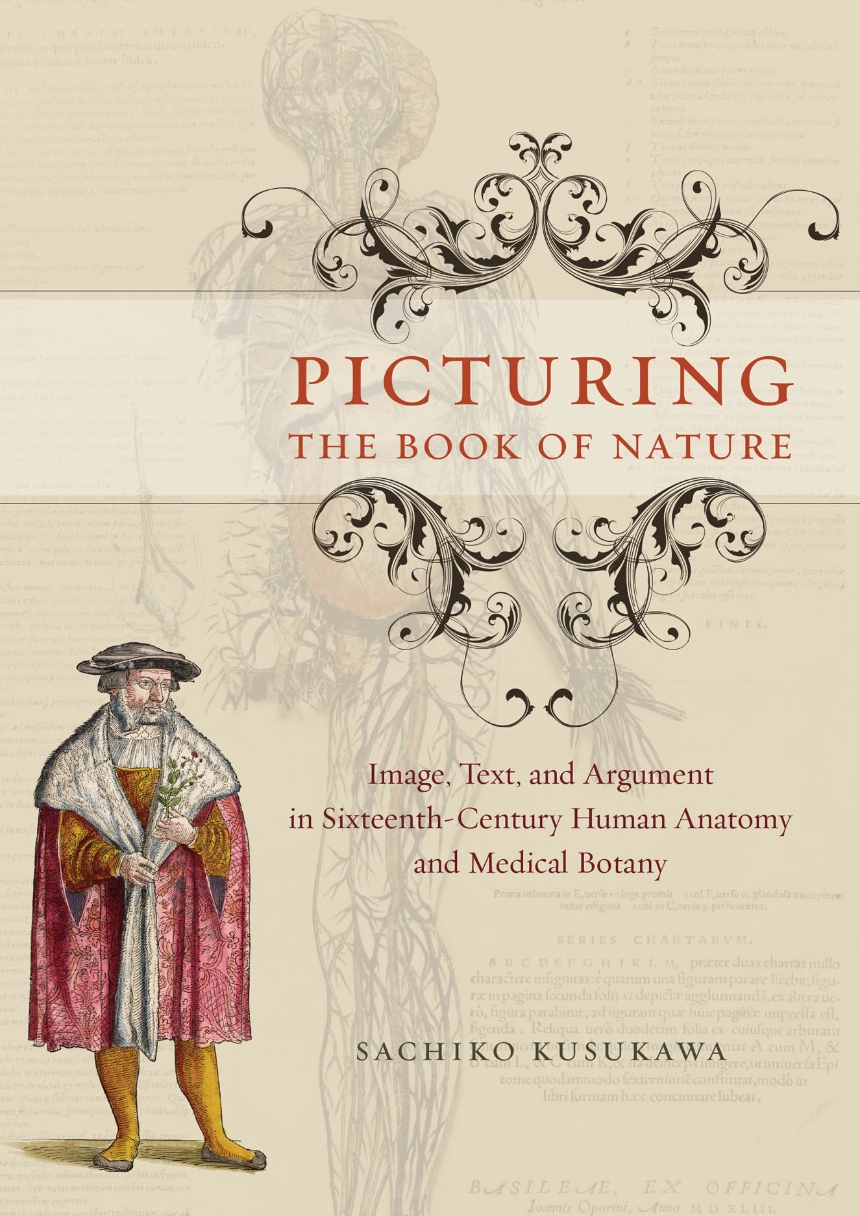Picturing the Book of Nature
Image, Text, and Argument in Sixteenth-Century Human Anatomy and Medical Botany
Picturing the Book of Nature
Image, Text, and Argument in Sixteenth-Century Human Anatomy and Medical Botany
Because of their spectacular, naturalistic pictures of plants and the human body, Leonhart Fuchs’s De historia stirpium and Andreas Vesalius’s De humani corporis fabrica are landmark publications in the history of the printed book. But as Picturing the Book of Nature makes clear, they do more than bear witness to the development of book publishing during the Renaissance and to the prominence attained by the fields of medical botany and anatomy in European medicine. Sachiko Kusukawa examines these texts, as well as Conrad Gessner’s unpublished Historia plantarum, and demonstrates how their illustrations were integral to the emergence of a new type of argument during this period—a visual argument for the scientific study of nature.
304 pages | 121 color plates, 16 halftones, 2 tables | 7 x 10 | © 2012
Art: European Art
Biological Sciences: Anatomy
Reviews
Table of Contents
Awards
Association of American Publishers: PROSE Book Award
Honorable Mention
History of Science Society: Pfizer Award
Won
SHARP: SHARP-DeLong Book History Prize
Honorable Mention
